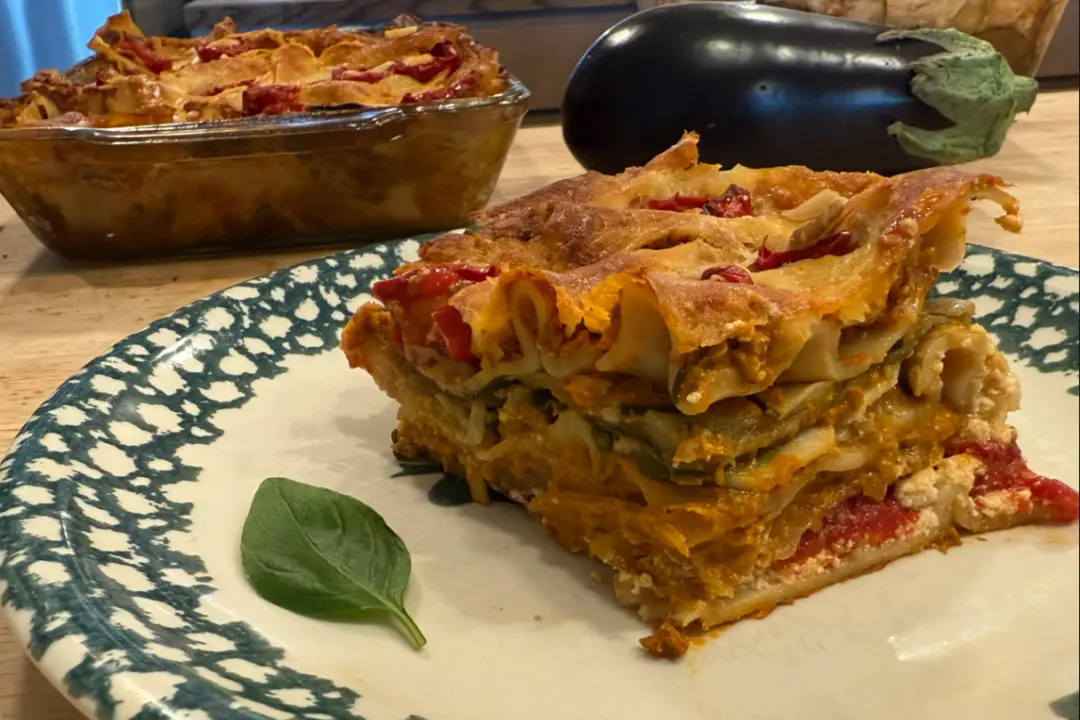Halloween, more than almost any other holiday, is about fun. It’s like New Year’s, but with corn syrup instead of booze.
It began with the Gaelic festival Samhain, which celebrated the end of harvest while ushering in the dark half of the year. Autumn was a spooky time, when the boundaries between the living and spirit worlds were thought to become more porous.





